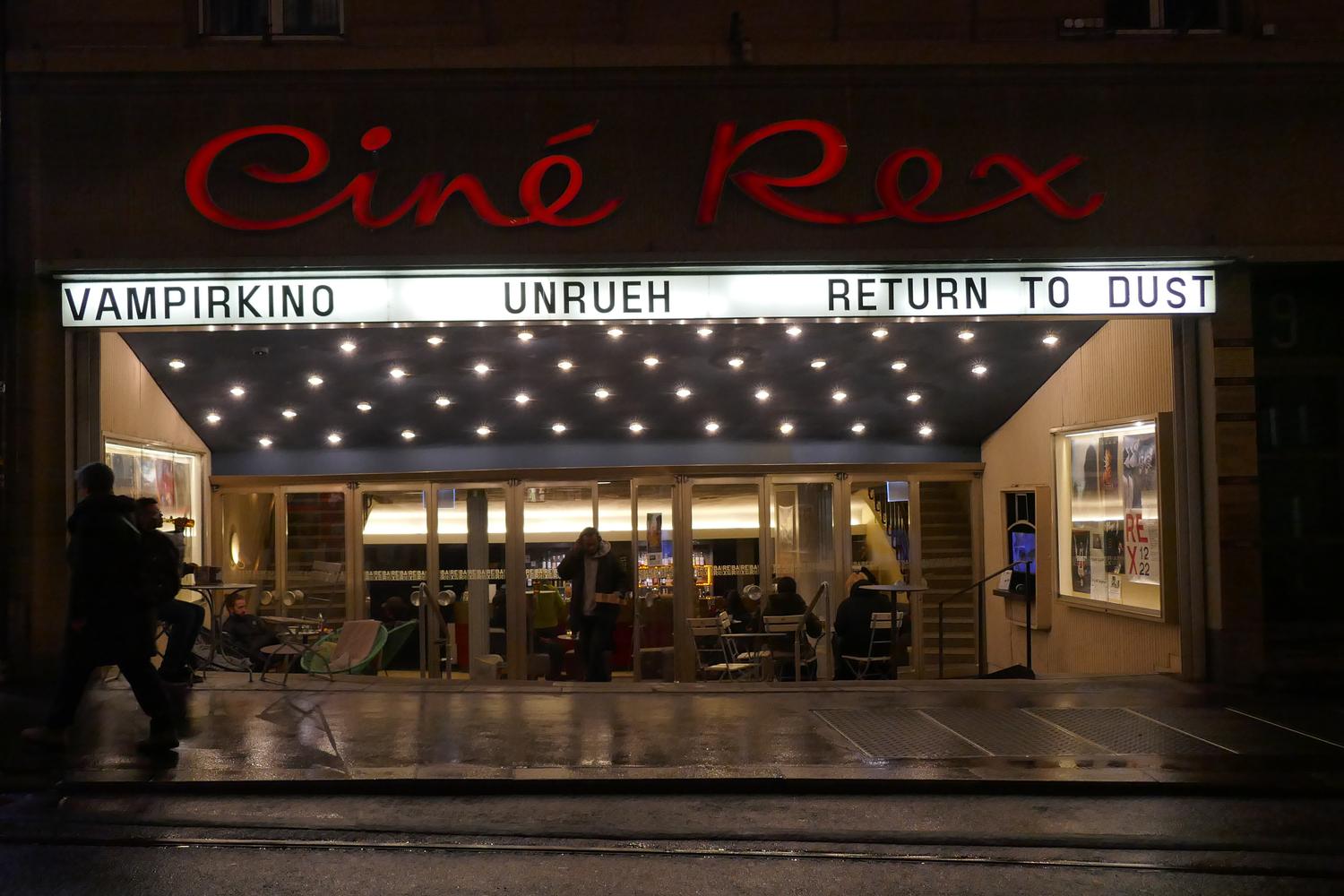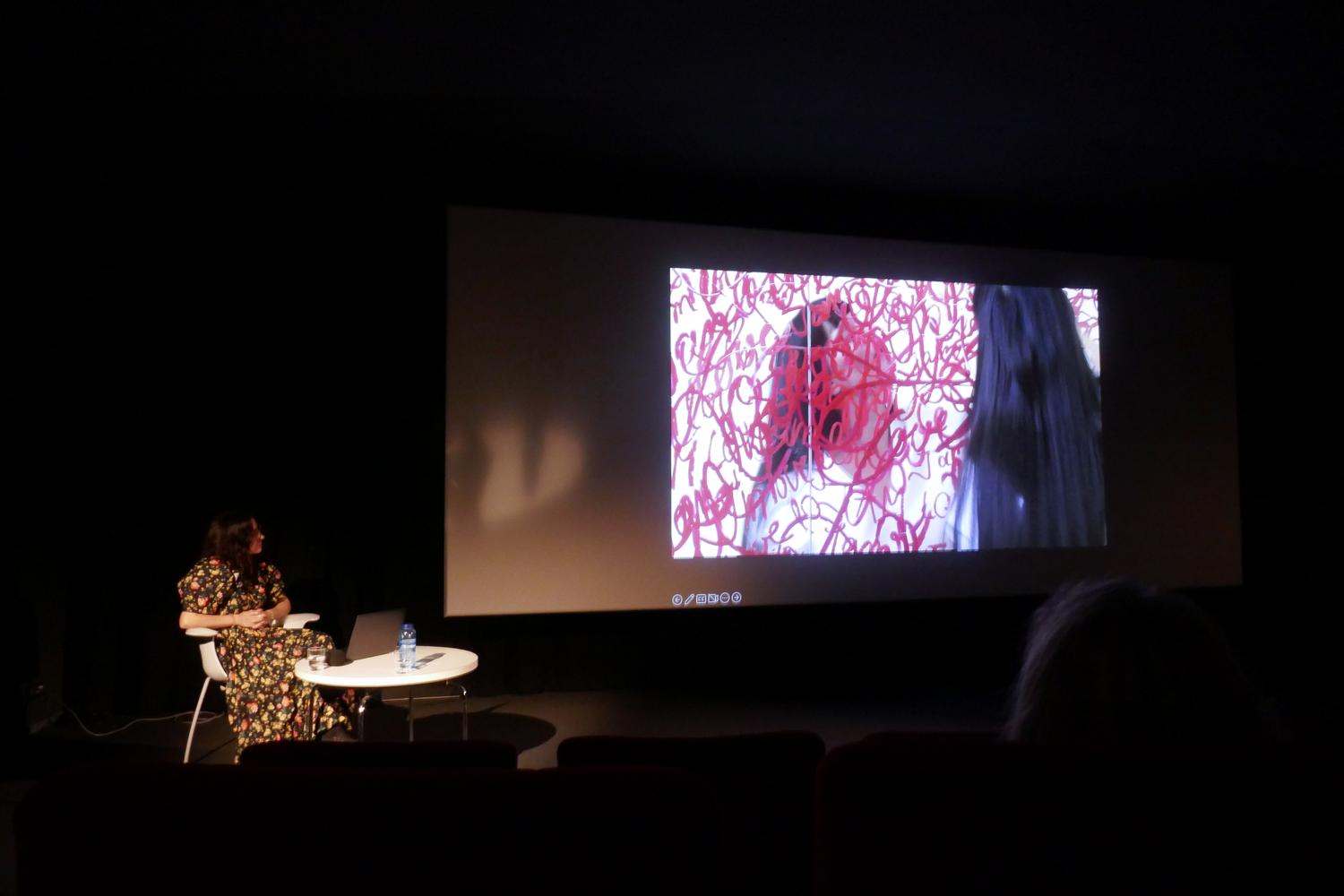Eye/View:
Inter-Textualities
December 2022 x Videocity x REX Box, Bern, SwitzerlandEye/View:
Inter-Textualities
Inter-Textualities

Language has been proven to influence culture and identity, colouring the interpretation of a reality. Playing a key role in the analysis of information during viewing/observation, words describe and explain realities, infusing them with feelings, connotations and double meanings. So how does language affect one’s understanding and reading of images?

The exhibition invites the viewers to reflect on conceptual tensions and dualisms, whilst considering how one own’s use and knowledge of language(s) shapes one’s relationship with images. Layering narratives, both visually and textually, the displayed video works play with the roles of associations. Peter Weibel’s work Augentexte juxtaposes the act of seeing with its signifiers – the image of an eye and the word ‘see’. Whilst an image of the eye is a direct index of the action, the word ‘see’ is a symbol, given meaning via a linguistic convention, whereby the word itself (and the letters that compose it) have no intrinsic connection to the act of seeing.

Ushnish Mukhopadhyay confronts us with a duality of textual presence and absence, whilst using his own body to support the formation of narrative. Referring to the Kuleshov effect, where the preceding image can determine the emotional interpretation of someone’s facial expression, the work reinvents this editing practice using text. Confronting us with erasure and restructuring, the work decomposes and recomposes narrative building blocks whilst restricting visuality to a continuous frame.

Ballada do Balkonów byAgata Lech & Gosia Trajkowska juxtaposes a ballad (in the form of voiceover and subtitles) with a video essay, reflecting on the cultural meaning and definition of balconies in Polish everyday culture. The accompanying images imply and suggest meanings, offering a reinterpretation of the text and fostering an interpretative tension.

Finally, in I am Love, Anette C. Halm writes over her own reflection to make a statement and self-define. In other words, the artist uses writing to contextualise her perception of herself – similar to Mukhopadhyay, she uses symbols (words) to narrow the potentiality of visual interpretation. Yet, as the mirror is gradually covered in text, its meaning slowly becomes illegible – by over-describing what we see, Halm demonstrates that we might at risk of losing what is in plain sight.